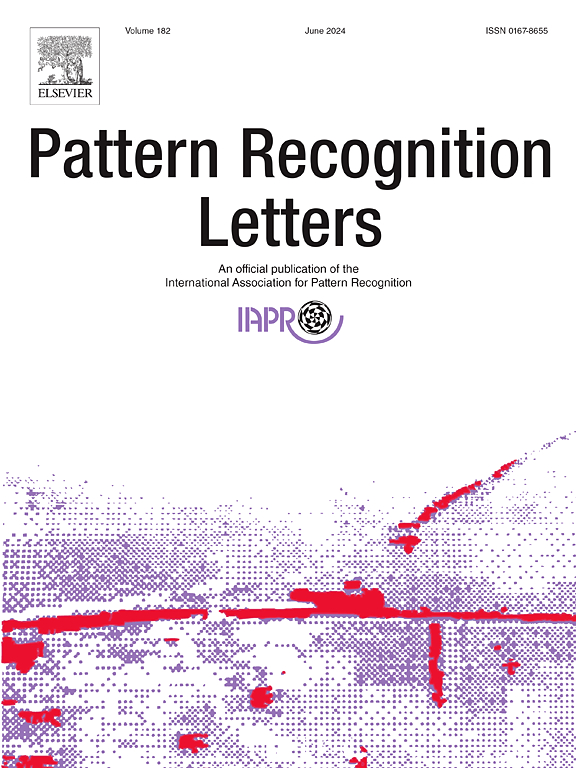Industrial product quality assessment using deep learning with defect attributes
IF 3.9
3区 计算机科学
Q2 COMPUTER SCIENCE, ARTIFICIAL INTELLIGENCE
引用次数: 0
Abstract
Industrial defect quantification refers to the process of quantifying various defects that occur during the production of industrial products, with the aim of achieving precise grading of product quality. This process is a key component in the quality monitoring phase of production. The quantification of defects faces challenges such as accurately describing the appearance of defects and difficulty in dividing product grades. In response to these issues, we propose a Defect Attribute-based Quantitative Assessment Network (DQANet). It employs a Refined Feature Attention Module (RFAM) to guide the flow of information and fusion of features during the encoding process and uses deformable convolution at the end of the encoder to extract richer contextual information while effectively suppressing noise. We conducted a quantitative evaluation of defects and annotated quality grades on the Mobile Screen Defect (MSD) dataset to train and validate the performance of our model. The experimental results indicate that our method has achieved promising performance. In addition, this work applies the defect attribute-based quantification assessment network to the tasks of defect classification and segmentation. Experimental results show that defect quantification assessment can provide effective auxiliary information, helping the network understand defect features more accurately and improve the performance of related visual tasks.
求助全文
约1分钟内获得全文
求助全文
来源期刊

Pattern Recognition Letters
工程技术-计算机:人工智能
CiteScore
12.40
自引率
5.90%
发文量
287
审稿时长
9.1 months
期刊介绍:
Pattern Recognition Letters aims at rapid publication of concise articles of a broad interest in pattern recognition.
Subject areas include all the current fields of interest represented by the Technical Committees of the International Association of Pattern Recognition, and other developing themes involving learning and recognition.
 求助内容:
求助内容: 应助结果提醒方式:
应助结果提醒方式:


